Alphabet Recognition Normal Letter Recognition Worksheets for Ages 7-9
20 filtered results
-
From - To
Enhance your child's reading skills with our engaging Alphabet Recognition Normal Letter Recognition Worksheets, designed specifically for ages 7-9. These worksheets provide a fun and interactive way for children to identify, differentiate, and practice both uppercase and lowercase letters. Our carefully crafted activities include matching, tracing, and filling in letters, promoting both fine motor skills and letter familiarity. Perfect for homeschooling or classroom use, these worksheets improve literacy while making learning enjoyable. Download and print them easily to support your child's educational journey and boost their confidence in reading. Start your alphabet exploration today and watch their skills flourish!
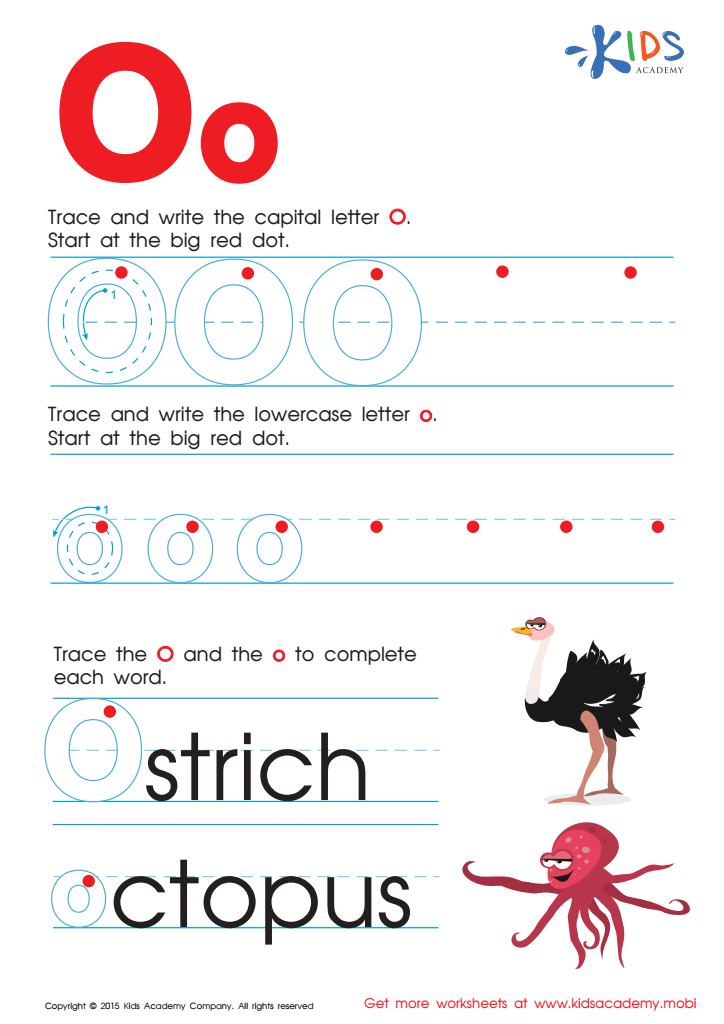

Letter O Tracing Page
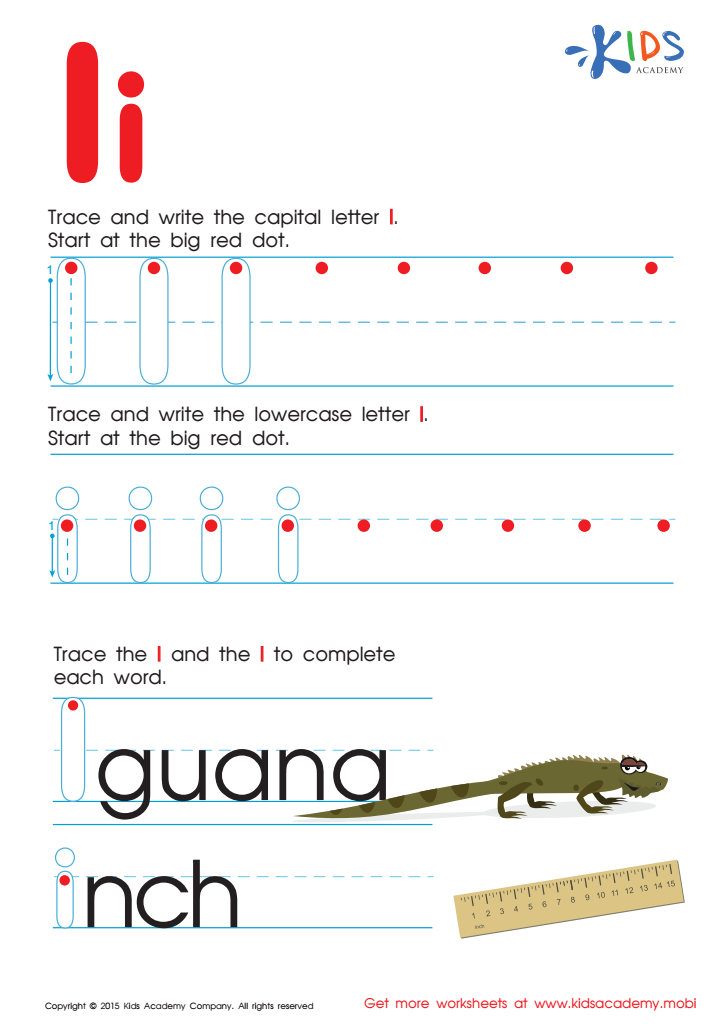

Letter I Tracing Page
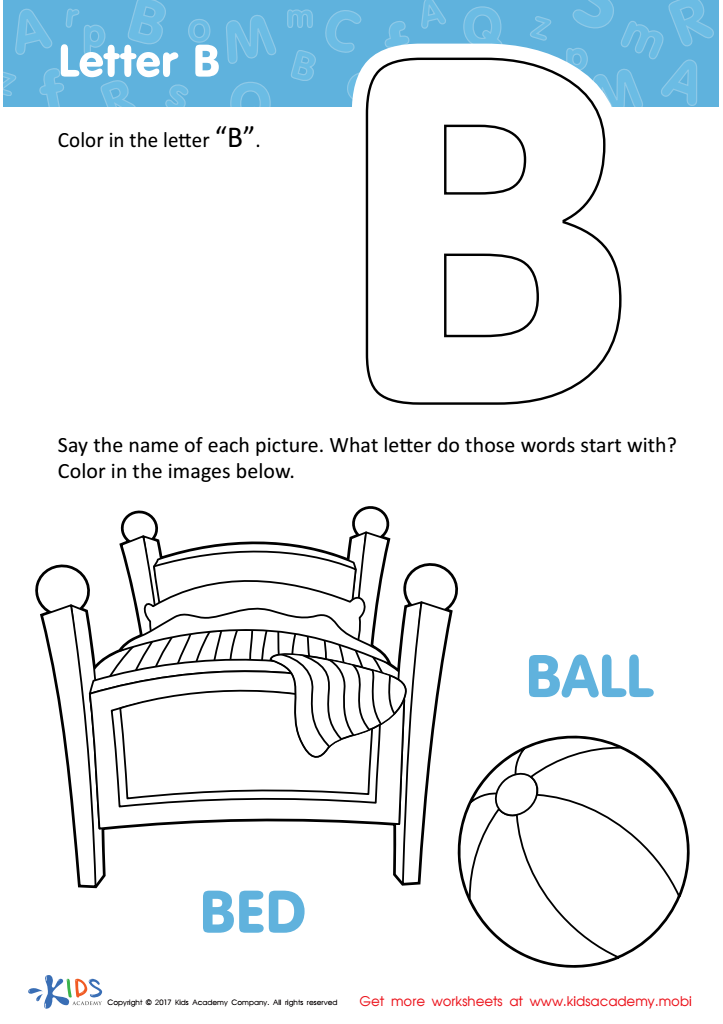

Letter B Coloring Sheet
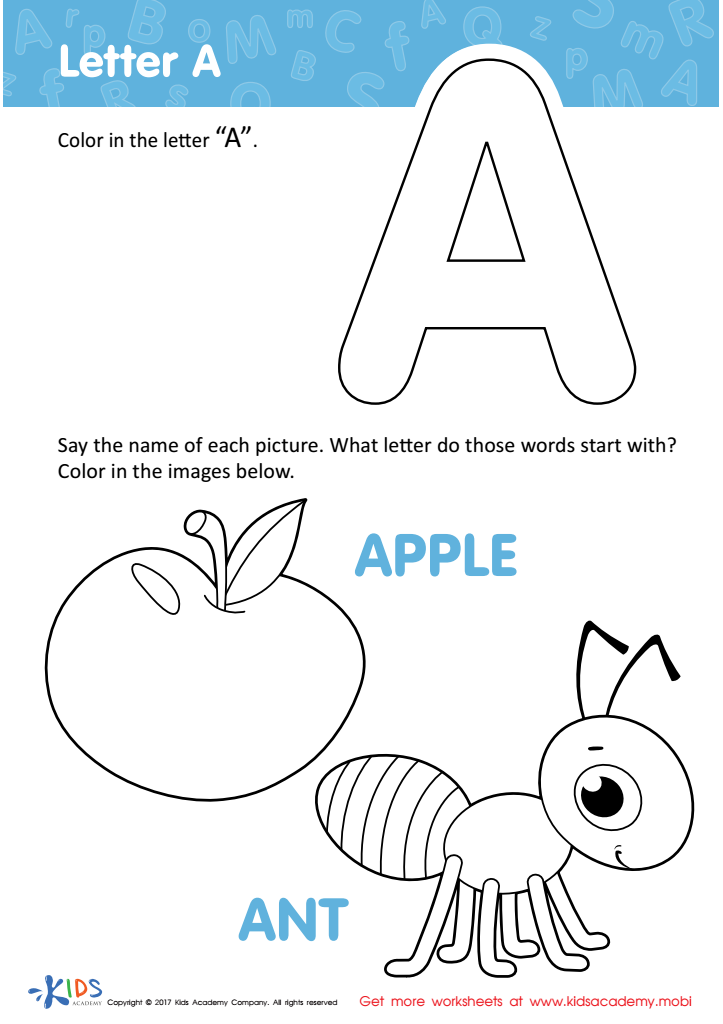

Letter A Coloring Sheet


Letter M Coloring Sheet
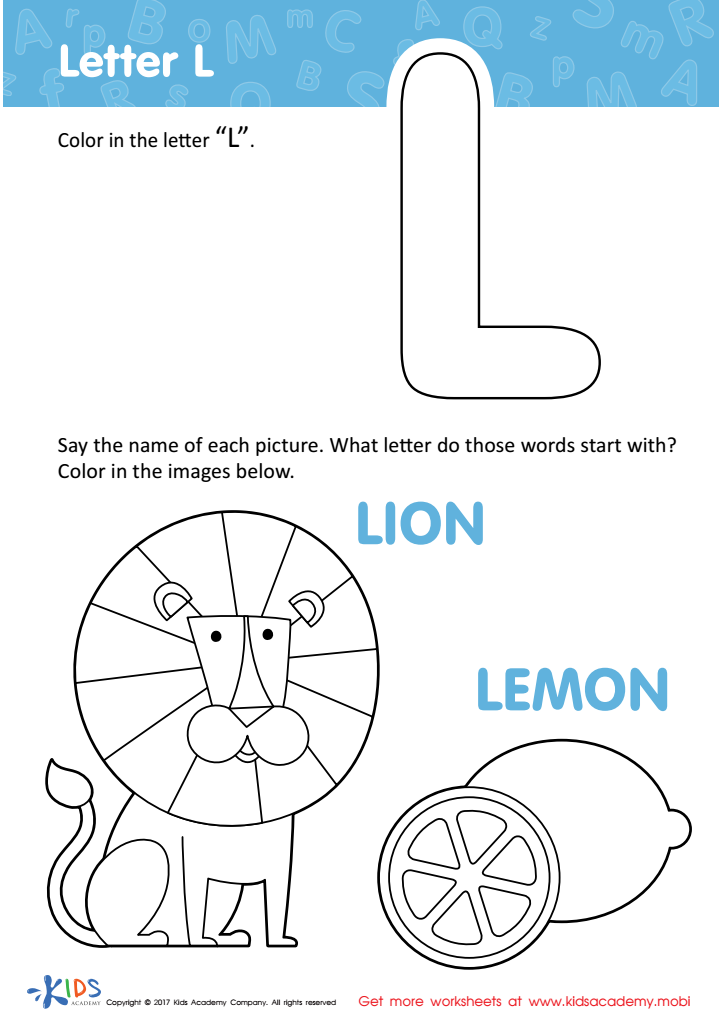

Letter L Coloring Sheet
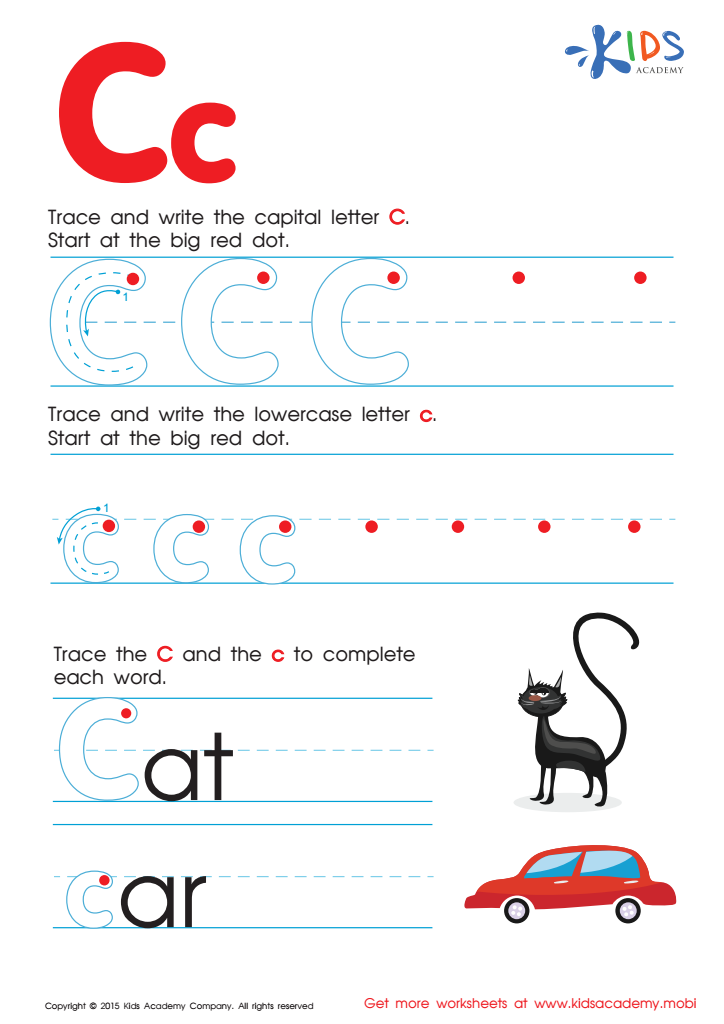

Letter C Tracing Page
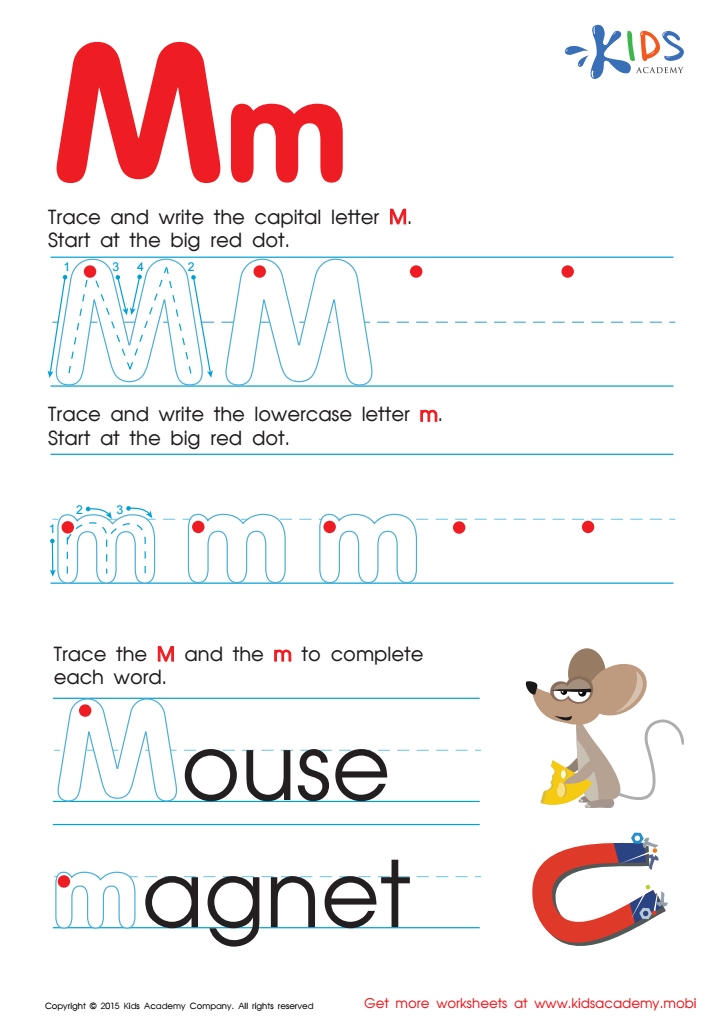

Letter M Tracing Page
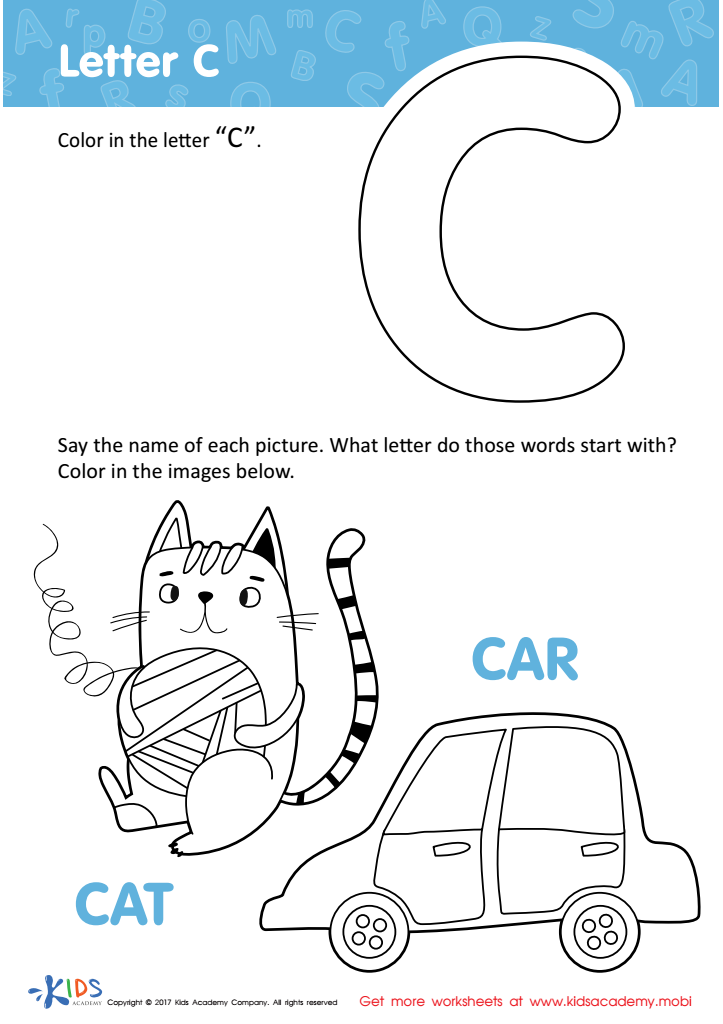

Letter C Coloring Sheet
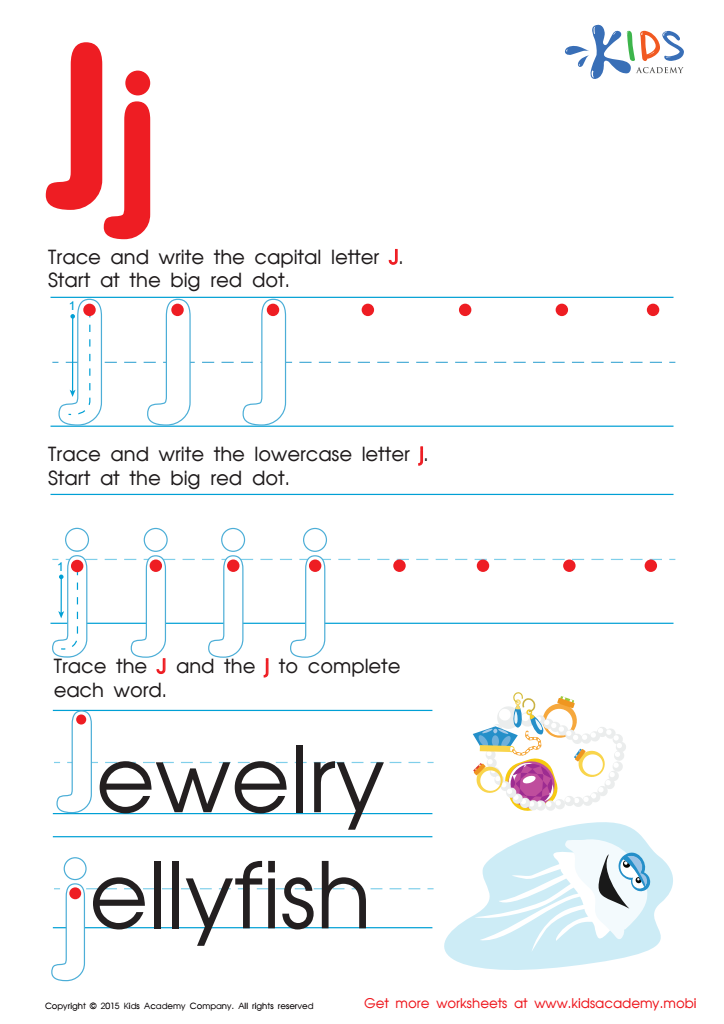

Letter J Tracing Page


Letter D Coloring Sheet
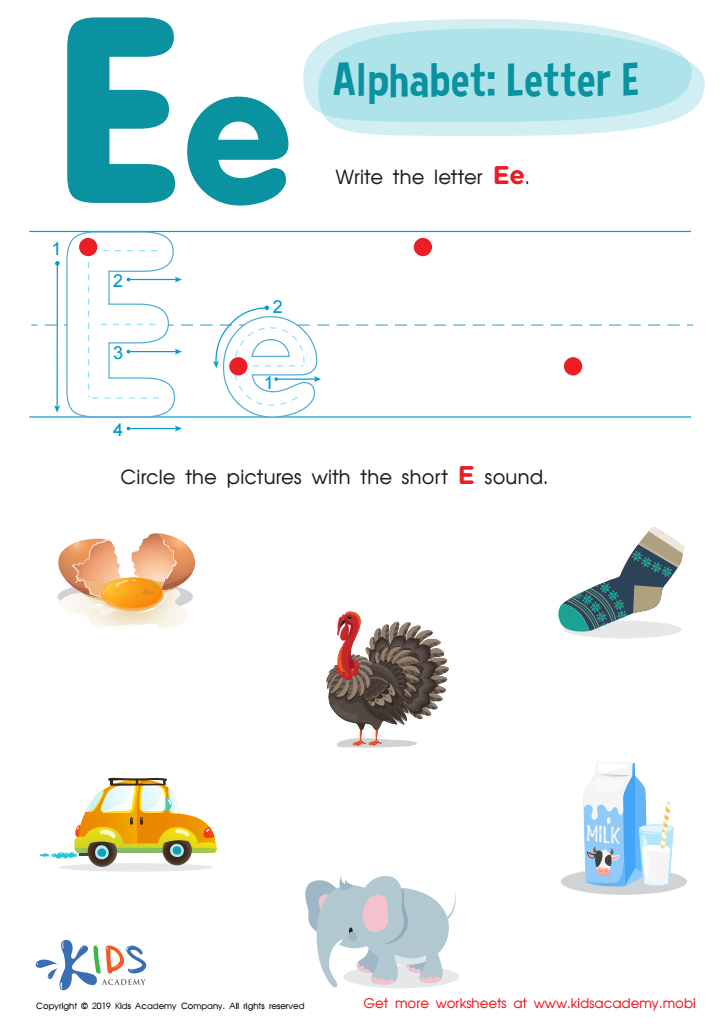

Letter E Tracing Worksheet
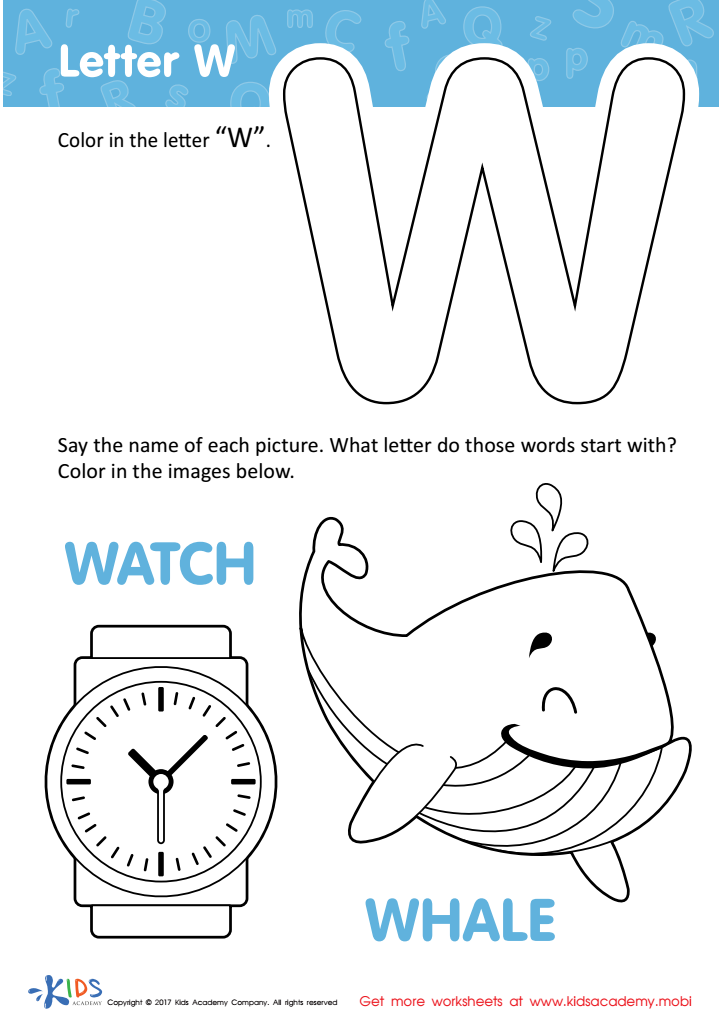

Letter W Coloring Sheet
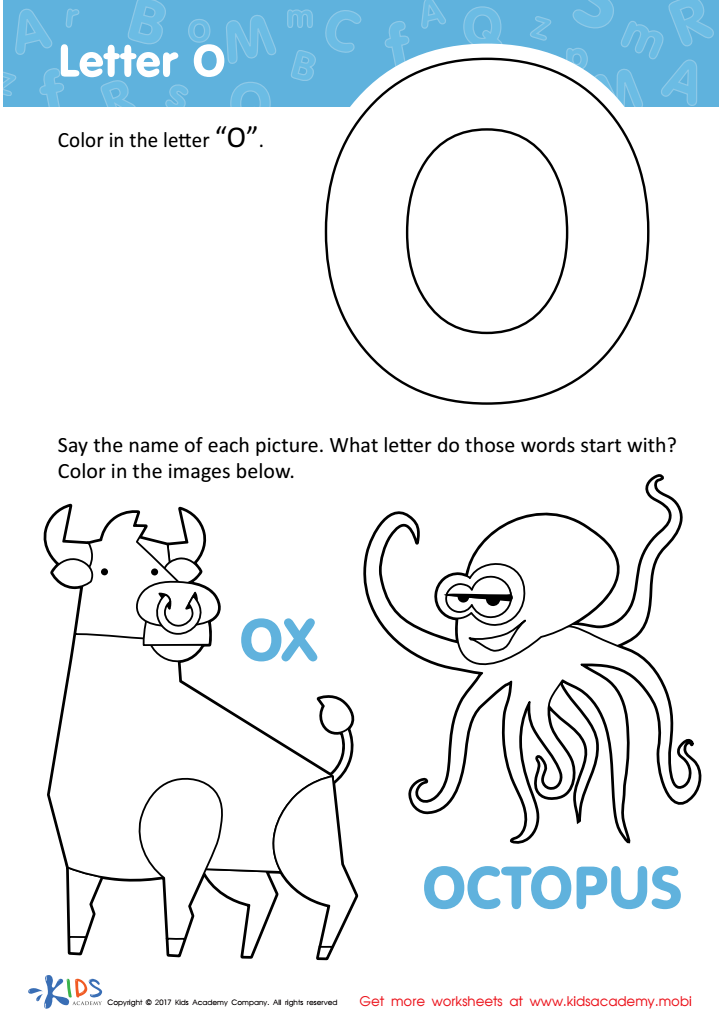

Letter O Coloring Sheet
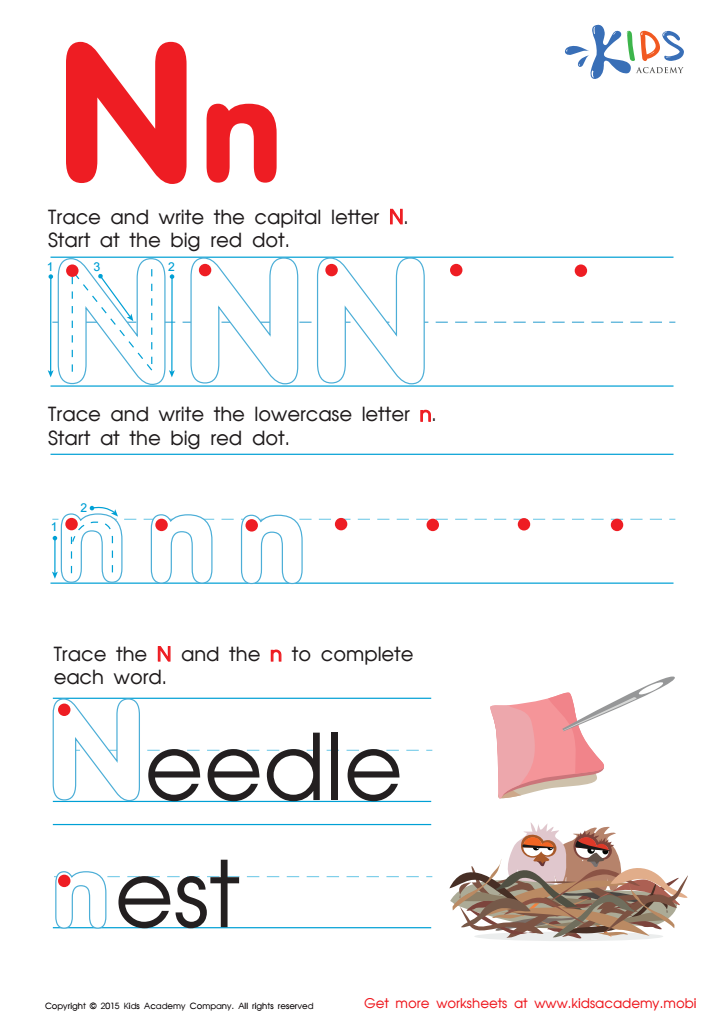

Letter N Tracing Page
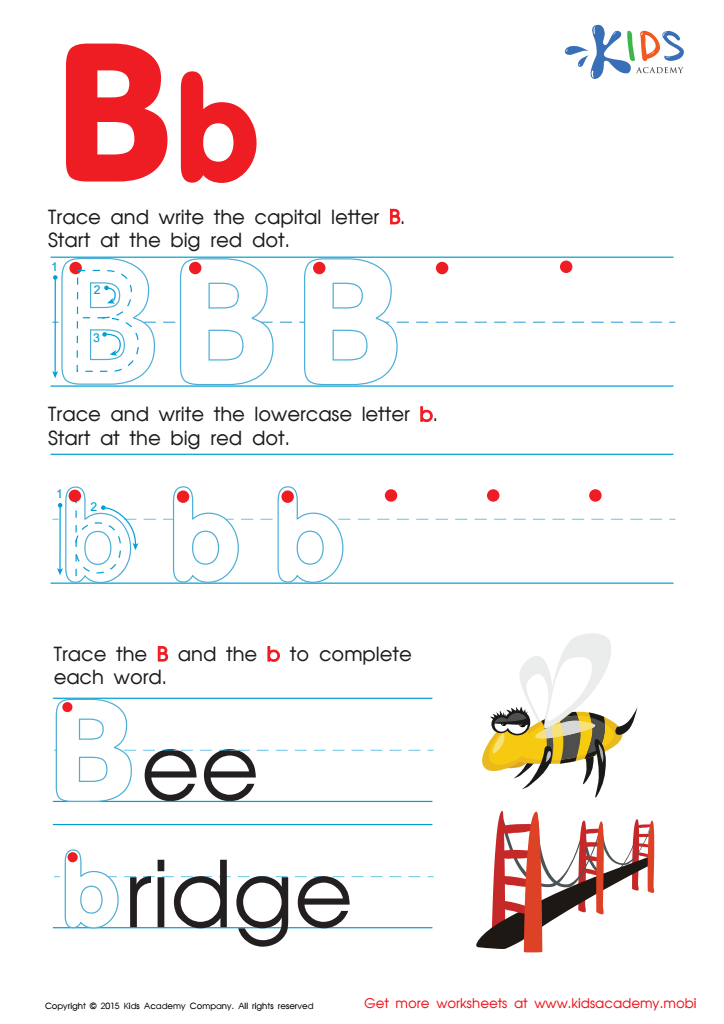

Letter B Tracing Page
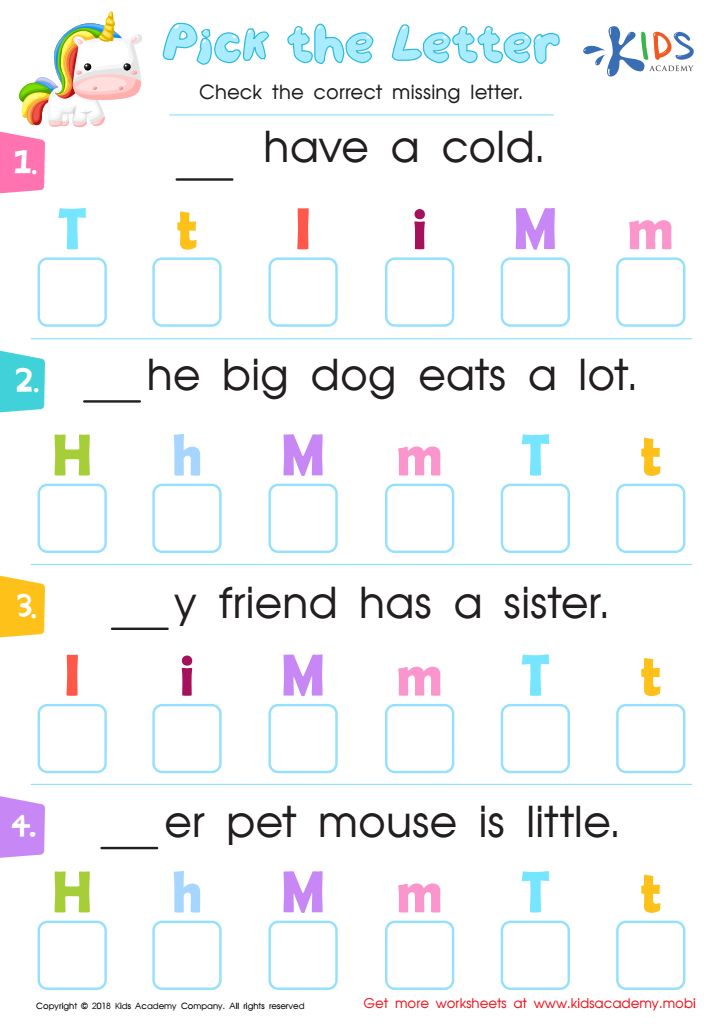

Pick the Letter Worksheet
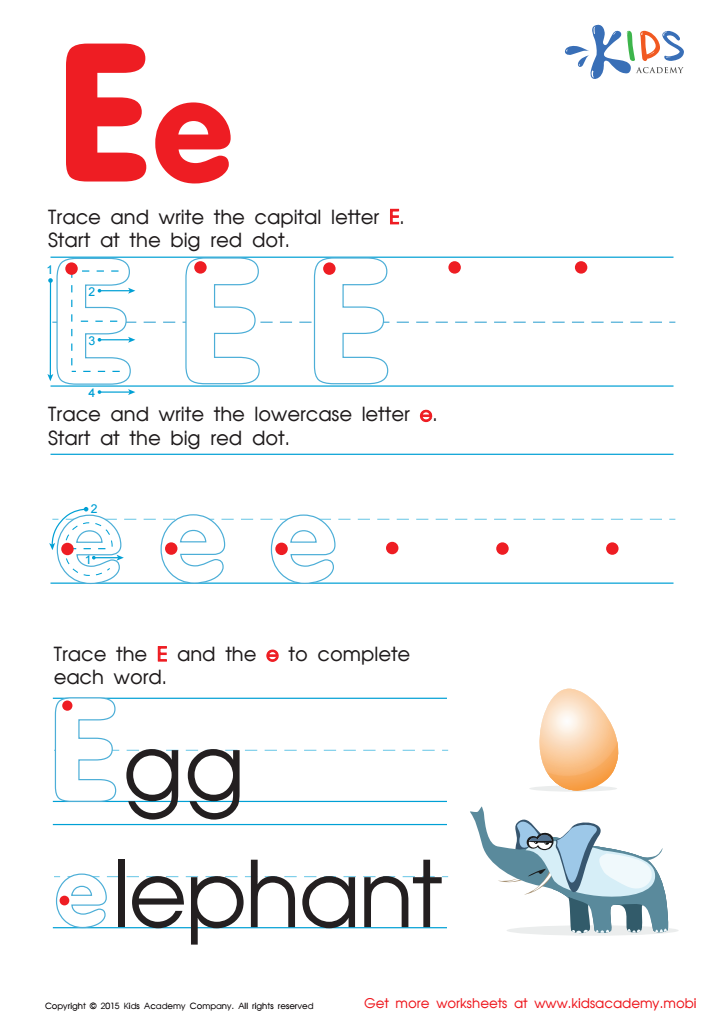

Letter E Tracing Page


Letter H Coloring Sheet
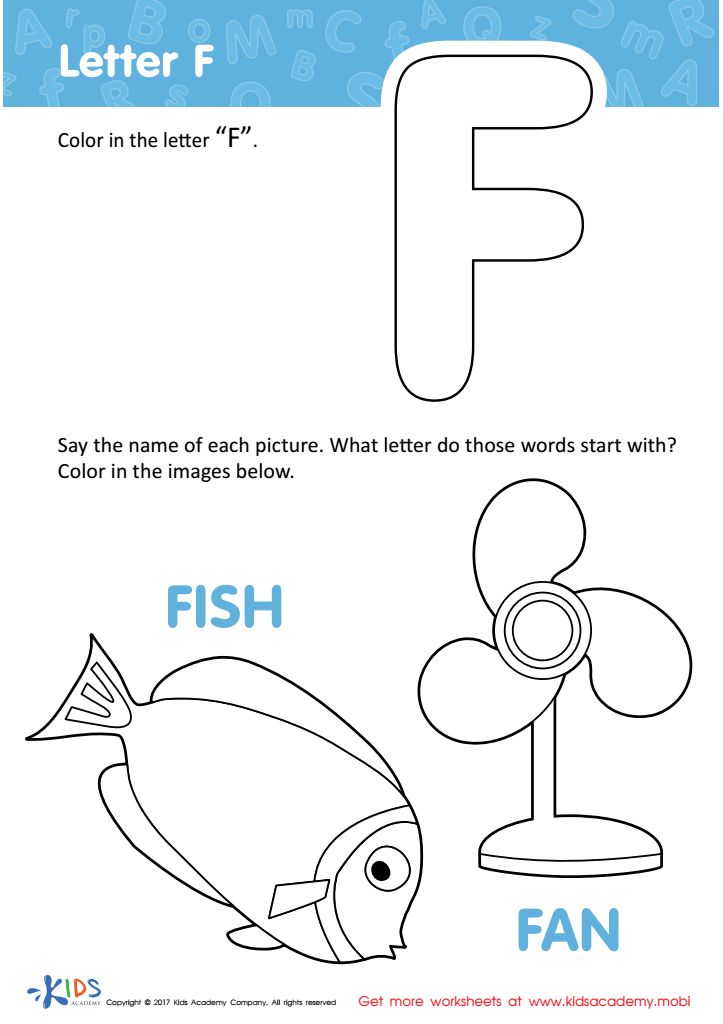

Letter F Coloring Sheet
Alphabet recognition, particularly normal letter recognition for children ages 7-9, is crucial for several reasons. First, it serves as the foundational stepping stone for literacy skills. At this age, children are transitioning from learning to read to reading to learn. Mastering letter recognition ensures they can decode words effectively, which is essential for comprehension in subjects across the curriculum.
Secondly, strong letter recognition supports writing skills. Knowing both uppercase and lowercase letters enables children to express their thoughts more fluidly and improve their spelling skills. This musicality between reading and writing fosters a deeper understanding of language mechanics.
Furthermore, letter recognition plays a vital role in building self-confidence. When children can easily identify and use letters, they experience less frustration, leading to a more positive attitude toward learning. This confidence can motivate them to explore reading and writing further.
Lastly, early emphasis on these skills can help identify any learning difficulties or delays early on, allowing for timely interventions. In an increasingly literate world, ensuring children master alphabet recognition is not just an academic goal; it’s an investment in their overall cognitive and social development. Parents and educators should prioritize this to nurture future learners.
 Assign to My Students
Assign to My Students















